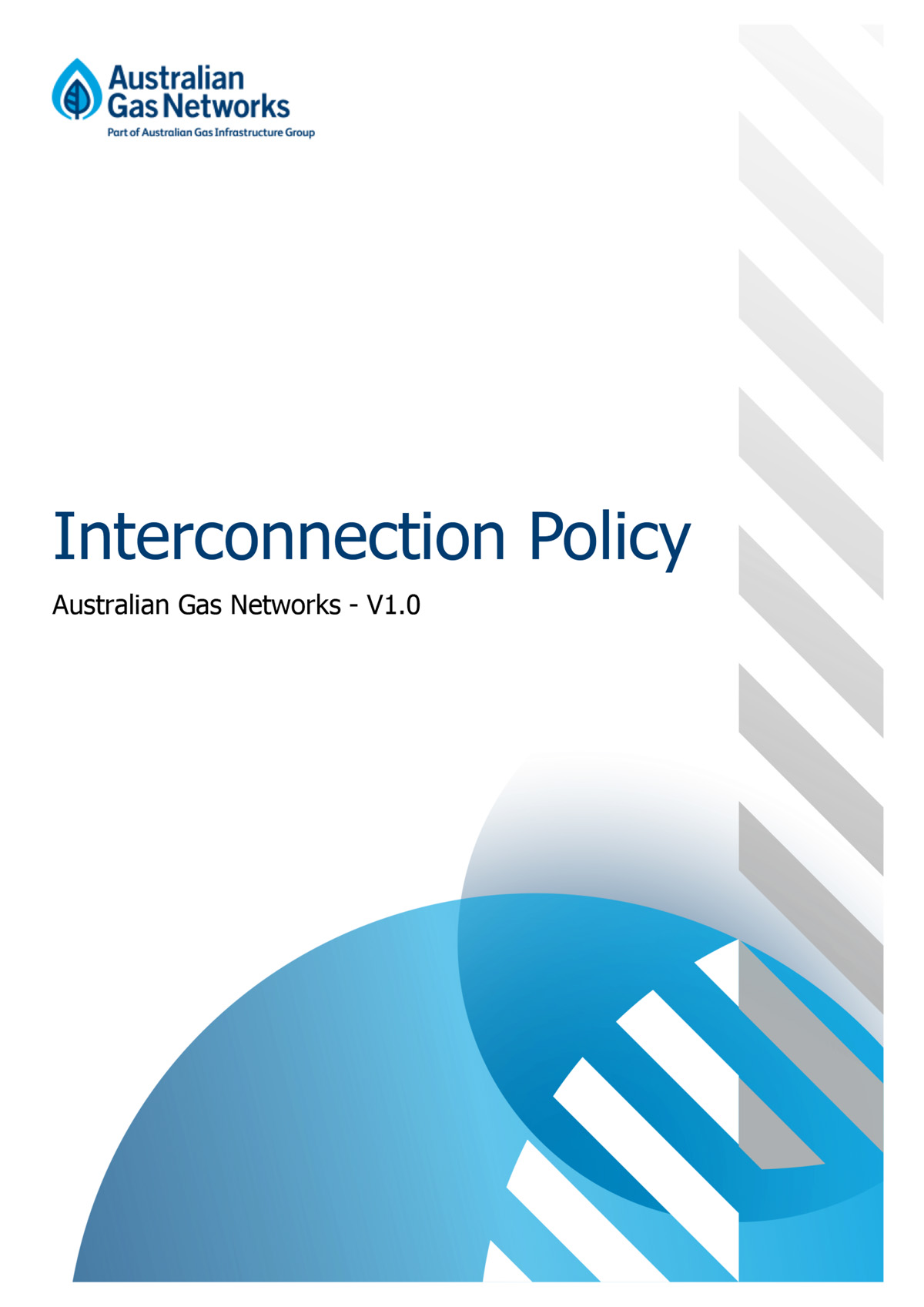Biomethane
Biomethane Process Map

The connection process
To learn more about the 7 stages of the connection process, please click on the bubbles / pipes below:

Stage 1
Stage 3
Stage 2
Stage 4
Stage 5
Stage 6
Stage 7
Contact us
For more information:
For media enquires:
Acknowledgement of Country
AGIG acknowledges the Traditional Custodians of the lands upon which we live and operate, and we pay our respects to Elders past, present and emerging.
We recognise Aboriginal and Torres Strait Islander people’s historical and ongoing connection to land and waters, and we embrace the spirit of reconciliation.
This image includes an element from ‘Our Connection to Country’ artwork by Yorta Yorta artist, Karen Briggs.





